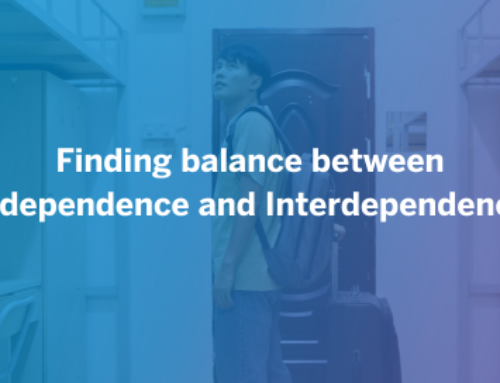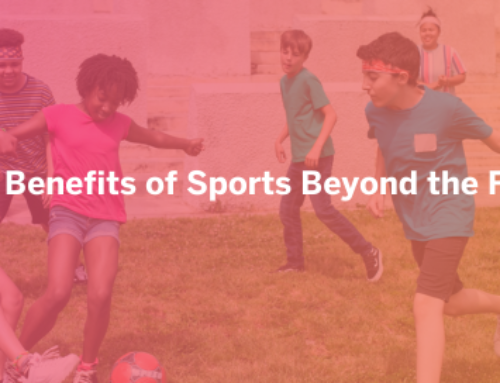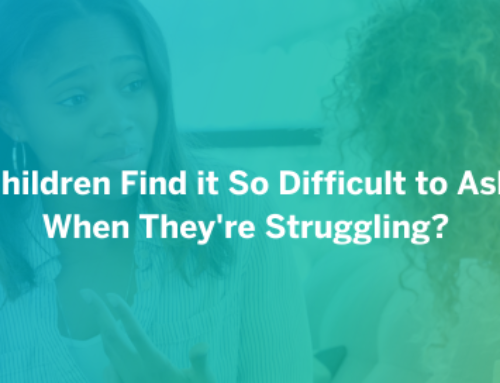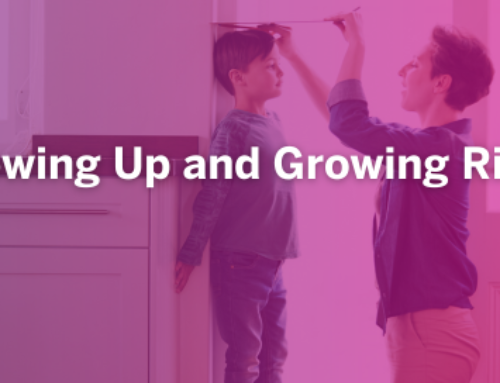
Every once in a while, during the question portion of my prevention speech, a middle schooler asks me a question or provides feedback that leaves me speechless. Aside from being incredibly moving, these questions provide insight into many aspects of our presentation’s impact. The differing responses we receive reveal the effects of reaching both the teenage skeptic and the receptive listener in the classroom. Our brief conversations invoke memories of middle school and allow me to remember the feelings associated with being a teenager. This helps me better tailor my message to these students.
The teenager that I was
I often imagine myself as a student in school, listening to the prevention message. As a teenager, I thought that people who said drugs could lead to bad outcomes didn’t get me. I thought they didn’t quite know what they were talking about. I did, however, know deep down the pain that drugs were causing me, so I like to consider the significance of having heard someone just a few years older than me voicing the insecurities I was trying to drink and drug away and describing the dishonesty, pain and mental health struggles that sounded just like mine. I can only suppose the impact such a presentation would have had. Occasionally, I am given a glimpse of what might’ve been when students approach to ask for help with their addiction or to admit they are scared. These are powerful moments. A 14-year-old breaking down crying and asking you for help because they can’t stop using drugs is a life-changing experience.
The opportunity for Prevention
There is another student in the audience that we reach differently. There is the student who says they already didn’t think drugs were a good idea. Sometimes these students ask very insightful questions or provide kind support. Excited and ready to have a vulnerable conversation, they come to the front and talk about their struggles, and sometimes say things as adorable as “I’m so proud of you” or “school is getting a little hard for me too, and I’m trying to find the right friends.” The kind words of these kids often make my day. However, it is easy to forget that while these students’ opinions did not necessarily change, their reaction to the prevention message may be one of the most crucial aspects of our presentation.
At one stage of my schooling, I was open to discussion of the danger of drugs, to the discussion of mental health, or to the discussion about finding supportive friends. At a later stage, I was skeptical and in denial. Between these stages, I started acting like others and mimicking their behavior because I wanted to be one of the people in the ‘know.’ I thought my mental health issues and vulnerabilities made me broken, so I copied people I thought had it figured out more than I did. I wish that I could’ve heard my story at or before that crossroads.
The inspiring questions
Knowing that these students are in the process of figuring out their identities and picking their path, I have become incredibly inspired by the possibility of strengthening the resilience of these children. At the end of my last presentation, a 12-year-old kid raised his hand and said, “you changed my perspective…I didn’t want to do drugs, but I didn’t know how serious they were. I feel like I understand now.” He said this not privately but in front of a large group of other middle schoolers. I was amazed. That is the purpose of our presentation. Yes, we are also there for the student who comes to ask for help to stop vaping, but we are there for all decisions we may influence but may never even know about. Another kid raised his hand and said, “I’m so happy that you are close to your family now! As I get older, I’m starting to want to be with my sisters more and get close. It’s great.” Again I was unbelievably moved. This is not a conventionally anticipated behavior of teenagers.
I want my speech to empower these kids to understand that while their braveness and vulnerability may not place them with the ostensibly carefree, admired kids; they are the ones that can help people. They can be real friends. In their honesty, they can help other people struggling with everything people, especially teenagers, work through. I often tell students that the coping method that provides me with the most joy and relief is being there for others, just like these students choose to support and listen to me in these presentations.
The lessons the students have taught me
Such feedback has provided me with insight into the mindset of the students with whom I speak. I like to explain to these students who I was when I was in their seats. I was the seemingly cool kid. I didn’t seem to care about anything. I vaped in the bathroom. I had inside jokes with my friends, and I was very loud. I tell them that we students like that may seem okay, but we are not. We are hurting and lonely. We know we aren’t real friends. Our futures are worse off, and we can’t live on life’s terms. We stick to the inside jokes because we can’t handle the painful truth inherent in meaningful conversations. It is no secret that our futures have lower trajectories. Our persona is a thin coat of armor.
The students who approach to thank me for talking about anxiety because they think it is important and it helps, these are kids who can speak vulnerably and to kindly support a speaker they don’t even know. That is real bravery. I tell them that their attitude is the one that gives my life meaning today. That it is a life that provides feelings 50 times better than being high ever felt. I hope to inspire these kids as much as they inspire me.
By: Danny Z
Danny is a in house LSIS Prevention Speaker.







